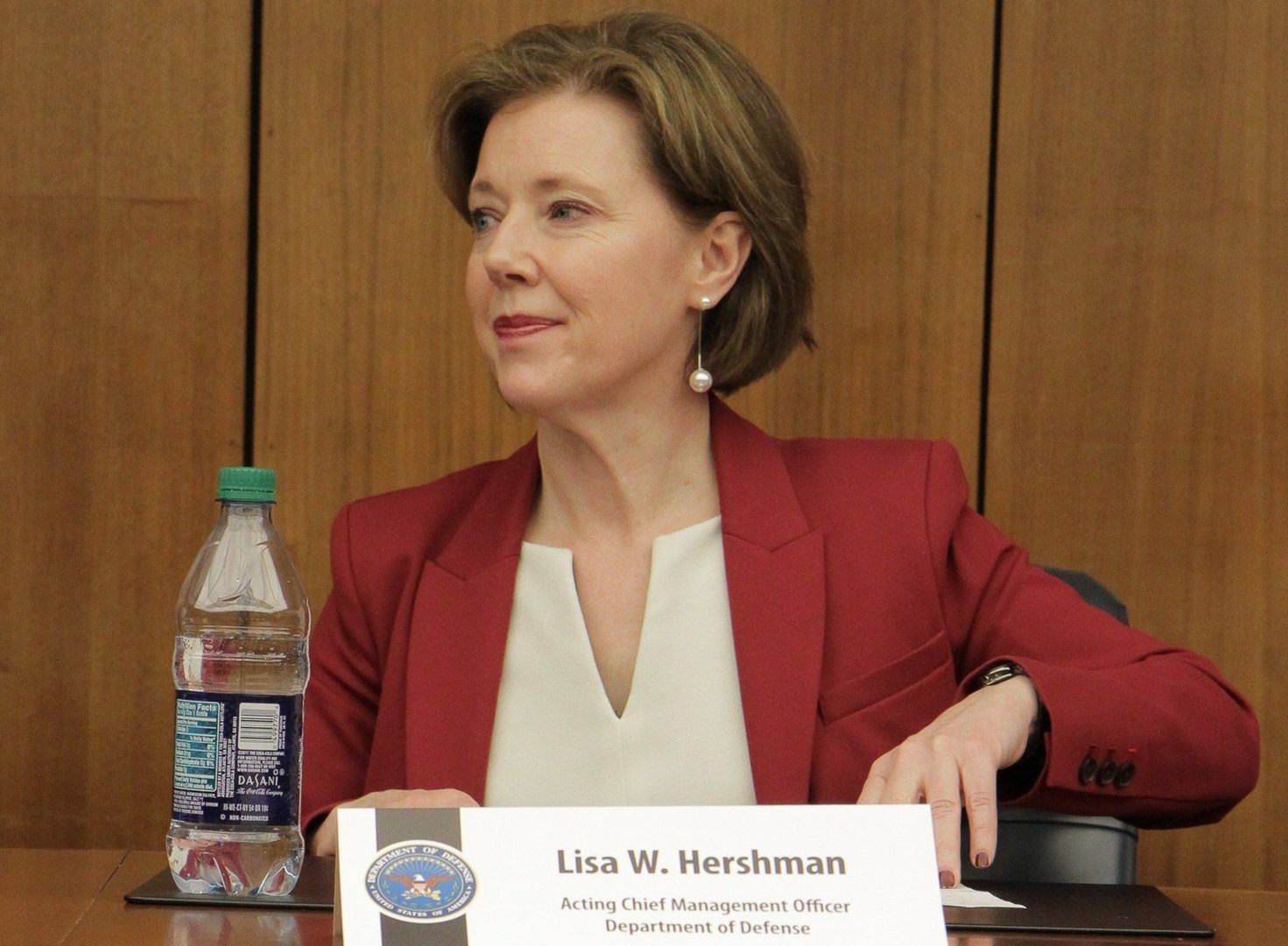

The Senate's version of the 2021 NDAA would eliminate DoD's third-highest ranking position, one that's only existed for the last two years.
Just a little more than two years after the Pentagon complied with a Congressional mandate to create a new senior position to focus on business management and reform, lawmakers appear fully prepared to abandon the idea.
The Senate’s version of the 2021 National Defense Authorization Act, released by the Senate Armed Services Committee on Tuesday, includes provisions would eliminate the position of Defense Department chief management officer. If enacted, it would follow through on an intention Congress expressed in last year’s bill, when lawmakers included language opining that DoD has “faced significant structural challenges in implementing the Chief Management Officer position since its inception.”
The inception wasn’t all that long ago. Congress created the CMO’s office in the 2017 NDAA, making it the Pentagon’s third-highest ranking position, and it didn’t take effect until February of 2018.
Even so, the office is viewed “nearly unanimously” as having not met Congress’ intent of driving lasting and meaningful business reforms throughout the military services and Defense agencies, according to a Congressionally-directed study the Defense Business Board completed last month. The board found the CMO has spent most of its time collecting data and trimming budgets around the edges, not on genuine business reform.
 The DBB concluded DoD has a critical need for a senior official to focus solely on business transformation, but that the CMO — staffed by just over 100 people — was never properly set up to tackle that monumental challenge. Although the office is currently led by a Senate-confirmed official, Lisa Hershman, the CMO position and its predecessor, the deputy chief management officer — created in 2008 — have been vacant for almost 50% of the time.
The DBB concluded DoD has a critical need for a senior official to focus solely on business transformation, but that the CMO — staffed by just over 100 people — was never properly set up to tackle that monumental challenge. Although the office is currently led by a Senate-confirmed official, Lisa Hershman, the CMO position and its predecessor, the deputy chief management officer — created in 2008 — have been vacant for almost 50% of the time.
The Senate bill would give DoD until Sept. 30, 2022, to fully disestablish the CMO. Forty-five days before that, the department would need to deliver a report on how it plans to redistribute the office’s current responsibilities to other DoD organizations. Those include a wide range of non-business transformation tasks it has inherited, including administering Pentagon headquarters facilities in the National Capital Region and managing the Armed Forces Retirement Home.
Meanwhile, the bill would move some of the CMO’s current cross-cutting management responsibilities to the deputy secretary of Defense, emphasizing that position’s role as DoD’s chief operating officer under the Government Performance and Results Modernization Act (GPRAMA).
Separately, it would create a standalone DoD Performance Improvement Officer (PIO). That person would report directly to the deputy secretary, and would have the explicit authority to communicate his or her views directly to the deputy without having to coordinate them through other parts of the department. Although GPRAMA requires all cabinet agencies to have a PIO, the chief management officer currently serves that role for DoD.
The Senate approach is largely in line with one of the three options the Defense Business Board proposed in its recent study. That approach, the board found, has the advantage of putting business reform responsibilities squarely in the purview of the deputy secretary, whose authority is well-understood throughout the department.
But the board acknowledged there are downsides too: It would require the deputy secretary to spend much more of his or her time on business management functions, and probably only work well if the deputy secretary both understands the Defense Department’s organizational structure and has experience in managing large organizations.
“Another disadvantage of that is that right now, the deputy has some external functions,” Arnold Punaro, the co-chairman of the DBB task group that developed the report said in a recent interview with Federal News Network. “He or she would really have to focus inward, mostly on the management of the department, and use the undersecretary of Defense for policy for a lot of the interagency activities.”
The board also cautioned that under that scenario, if the functions the CMO is tasked with today are distributed to other DoD organizations, those offices would need additional funding and personnel.
The offices most likely to pick up the workload include the DoD comptroller, the office of Cost Assessment and Program Evaluation (CAPE), and the Joint Staff directorate for Force Structure, Resources, and Assessment (J-8).
“Beefing up CAPE, beefing up comptroller, beefing up the J-8 and the CIO to help with the analytical work would have a better chance of success, because it would use the normal battle rhythms of the department which have been proven successful over time,” Punaro said. “We have now – in secretary Mark Esper and deputy secretary David Norquist – two of the most aggressive leaders in this area of business transformation. We need to give them an organizational structure that fits the fact that they really want to make this happen.”
Copyright © 2025 Federal News Network. All rights reserved. This website is not intended for users located within the European Economic Area.
Jared Serbu is deputy editor of Federal News Network and reports on the Defense Department’s contracting, legislative, workforce and IT issues.
Follow @jserbuWFED


